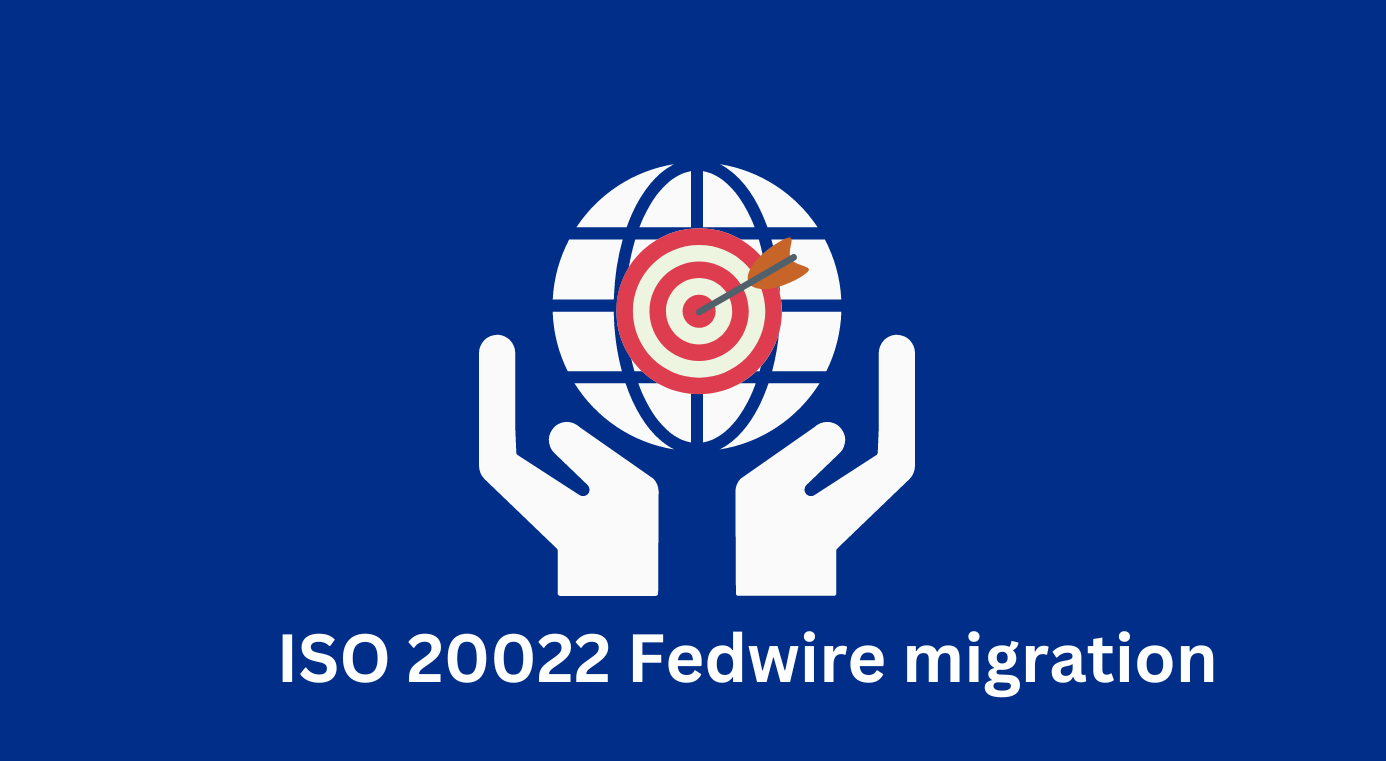
When Banks Merge, Payments Get Messy. Here’s How to Keep Them Moving.

ISO 20022 gains rapid traction with US financial institutions with market infrastructures like Fedwire and cross border payments on the Swift moving to the new message format in 2025. With migration deadlines on the horizon, banks are diving headfirst into modernizing their payment systems. Amidst everything, a key question arises: Are banks just making quick fixes to meet deadlines or are they driving the migration with an overarching visionary strategy?
Undoubtedly, the transition of Fedwire and Swift to ISO 20022 standards acts as a driving force for banks to kickstart modernization endeavors. North American banks are particularly focused on upgrading their payment systems compared to banks in other regions. Accenture's research reveals that a significant 88% of North American banks are presently channeling investments into this transformative pursuit.
While two-thirds of banks recognize the high costs of keeping outdated technology, many are still stuck with legacy systems. Consequently, they are unable to reap the advantages offered by recent innovations such as ISO 20022 adoption and instantaneous payment capabilities.
For ISO 20022 migration strategy, the transformation decisions need a fresh approach and should consider these critical factors.
ISO 20022 strives to shift payments from being mere cost centers to becoming sources of revenue. Nonetheless, 70% of US banks continue to perceive payments solely as cost centers. This perception leads to disjointed investments in modernization, lacking a unified strategy and neglecting potential revenue streams.
Is your bank missing on the opportunity to moving away from fragmented and costly modernization efforts towards a cohesive approach that prioritizes revenue generation?
Successful ISO 20022 modernization relies on teamwork between technology and business. Though it may seem like a tech task to update data models to the new message standards, ISO 20022's power lies in bank teams working together to innovate. Capgemini research finds that 74% of bank executives don't allocate funds for innovation in IT budgets. ISO 20022 upgrades are often seen as technical changes, lacking a culture of ongoing innovation.
Are ISO 20022 projects run as isolated technical endeavors or as integral components of broader innovation agendas at your bank?
Banks need to escape the compliance vortex surrounding ISO 20022. Too often, payment leaders settle for average, with a shocking 92 percent expressing satisfaction despite lackluster returns on investments. This complacency stifles innovation, leaving banks stuck in a cycle of meeting regulatory requirements rather than embracing true transformation to truly deliver straight through processing and improving customer experience.
Are there KPIs for measuring the success of ISO 20022 initiatives beyond meeting migration deadlines to ensure innovation at your bank?
Despite legacy players indicating their preparedness for ISO 20022, their performance lags. Banks are increasingly turning to composable payment solutions. These solutions help streamline operations, reduce costs, and enable quick product launches delivering better customer experiences using the data capabilities of ISO 20022. According to Capgemini, many banks prefer composable payment hubs to improve their speed, flexibility, and innovation for initiatives like ISO 20022 modernization. McKinsey reports that composable banking technology can help banks reduce their time-to-market by up to 80%.
How flexible is your bank's payment architecture in crafting value-added services leveraging ISO 20022 data?
APIs accelerate the development and deployment of ISO 20022-based solutions by providing reusable building blocks and pre-built integrations. Legacy systems need additional middleware to prepare for APIs, compromising on efficiency, interoperability, innovation, and customer experience. With modern API-native solutions for Fedwire and Swift, users can send, receive and process payments using ISO 20022 APIs or messaging and banks can seamlessly process them, delivering utmost customer experience.
Does your payment architecture allow you to process ISO 20022 messages and APIs?
In summary, as banks gear up for the shift to ISO 20022, they encounter both opportunity and complexity. Despite the attractive prospects of modernization and revenue growth, significant challenges like legacy systems and compliance-driven mindsets persist. Banks must prioritize innovation, collaboration, and a customer-centered approach by strategically modernizing their payment architecture to support ISO 20022.
